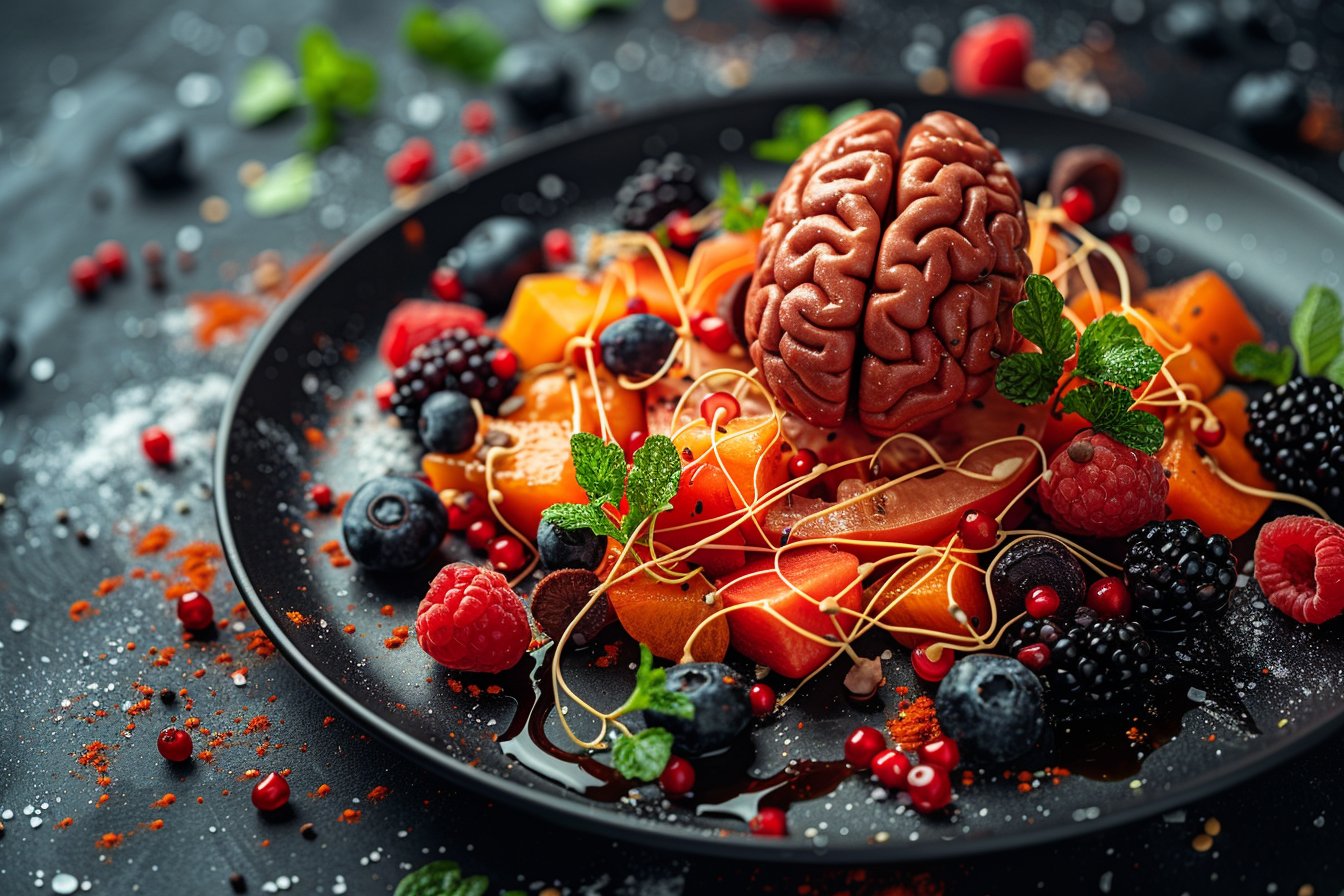Have you ever wondered how our thoughts, emotions, and physical well-being are connected? Traditionally, Western medicine has treated the mind and body as separate entities. However, there’s a growing recognition of the profound link between them. In this article, we’ll delve into the complex relationship between the mind and the body.
The Biopsychosocial Model of Health
The biopsychosocial model of health offers an integrative framework to understand the interconnectedness of the mind, body, and social context in determining overall well-being. According to this model, one’s health is a result of:
- Biological factors: genetics, biochemistry, and physiology
- Psychological factors: cognitive processes, emotions, and personality traits
- Social factors: relationships, culture, and socio-economic status
This approach emphasizes that, while biology plays a significant role, the mind and social environment can also impact health outcomes.
The Connection Between Emotions, Thoughts, and Physical Health
Several studies suggest that our emotions and thoughts have a direct bearing on physical health. Let’s examine some examples of this complex interaction:
Positive Emotions and Health
A connection between positive emotions and good health has been established through extensive research. People who experience frequent positive emotions tend to have stronger immune systems, reduced incidence of chronic disease, and increased longevity. This could be because positive emotions help reduce stress levels in the body, lowering inflammation and facilitating better cardiovascular function.
Chronic Stress and Its Impact on Health
Chronic stress has been linked to a range of health issues, including high blood pressure, obesity, and diabetes. It can also lead to a weakened immune system, which makes us more susceptible to infections. Prolonged exposure to stress hormones, such as cortisol, can harm multiple body systems and contribute to the development of various diseases.
The Placebo Effect and the Power of Belief
The placebo effect is a fascinating example of how the mind affects physical health. A person given a sham treatment (e.g., sugar pills) may still show improvement in their condition if they believe it will work. This phenomenon indicates that our beliefs and expectations can have tangible effects on our bodies. Though not fully understood, researchers suggest that this connection might be due to the release of endorphins or other mood-enhancing brain chemicals when we hold positive thoughts about health interventions.
Mindfulness and Its Role in Cultivating Mind-Body Connection
Mindfulness practices, such as meditation and yoga, are increasingly being recognized for their potential to cultivate greater awareness of the mind-body connection and promote well-being. Both practices focus on being present with oneself and cultivating non-judgmental awareness.
Meditation and Mental Health
By teaching individuals to observe and disengage from negative thought patterns, meditation can help alleviate anxiety, depression, and stress-related symptoms. Neuroscientific studies have found that regular meditators undergo significant changes in their brain structure and activity, leading to better emotional regulation and resilience.
Yoga and Physical Health
Yoga focuses on integrating breath and movement, allowing practitioners to develop greater body awareness over time. Regular practice has been shown to improve flexibility, strength, balance, and overall physical fitness. Moreover, research suggests that yoga may help reduce inflammation levels, lower blood pressure, and improve heart health.
New Avenues: The Role of Technology in Boosting Mind-Body Interaction
As the interest in understanding and optimizing the mind-body connection has surged, so have efforts to harness technology for this purpose. Some examples of innovative tools that aim to enhance mental well-being and physical health include:
- Mindfulness apps: These apps guide users through meditation exercises, which are designed to reduce stress, increase focus, and promote relaxation. Many such apps provide personalized plans tailored to individual needs and preferences.
- Biofeedback devices: These gadgets monitor various physiological parameters (e.g., heart rate variability or muscle tension) and provide real-time feedback. By becoming more aware of these parameters, users can learn to regulate their responses effectively, improving overall health outcomes.
- Wearable fitness trackers: Fitness trackers keep tabs on various aspects of physical activity, including steps taken, distance covered, heart rate, and sleep quality. This data helps individuals set goals, track progress, and make informed decisions about their exercise routines.
The integration of technology provides exciting avenues to explore holistic approaches to health and well-being further.
In Conclusion
The relationship between the mind and the body is a multifaceted, dynamic process that has been the subject of scientific inquiry for centuries. Acknowledging this interplay can help us develop better strategies to manage our emotions, thoughts, and behaviors. In turn, this can result in improved physical health outcomes, greater resilience, and enhanced well-being. With continued research and innovation, we can hope to unlock even more potential in harnessing the power of the mind-body connection to create healthier lives.






